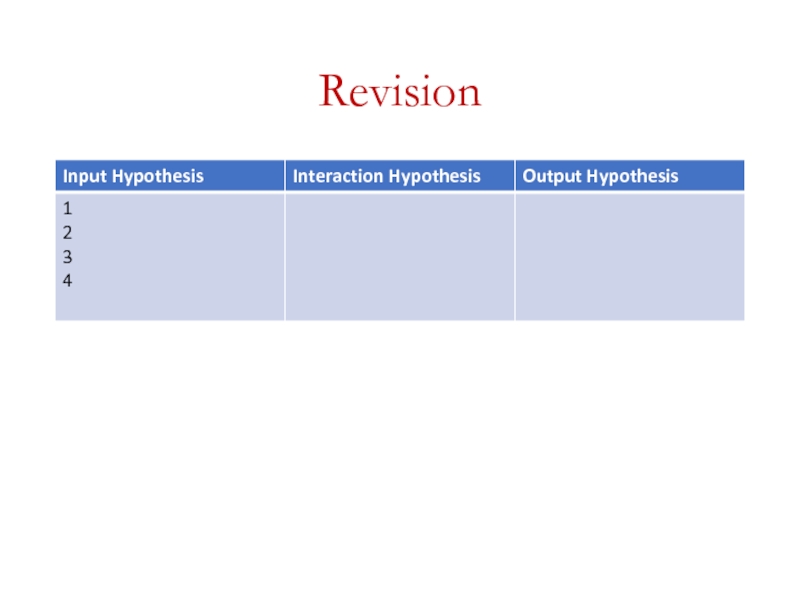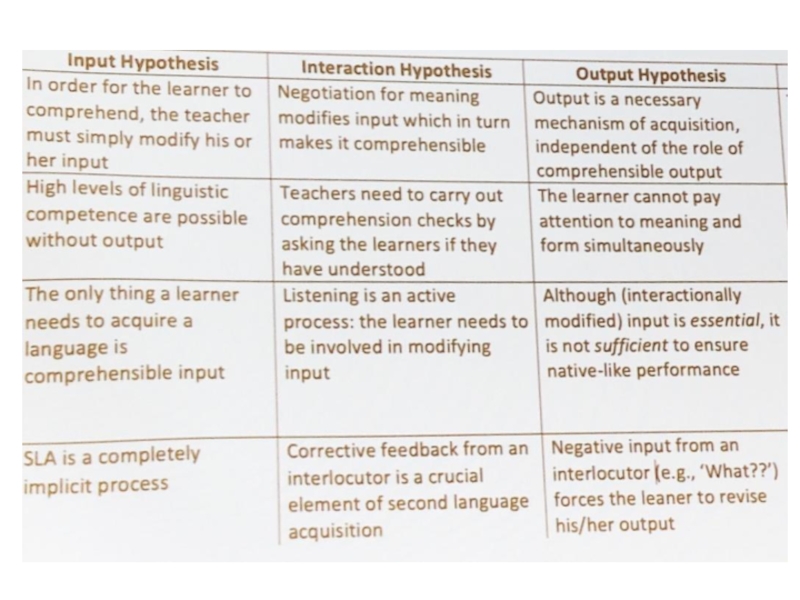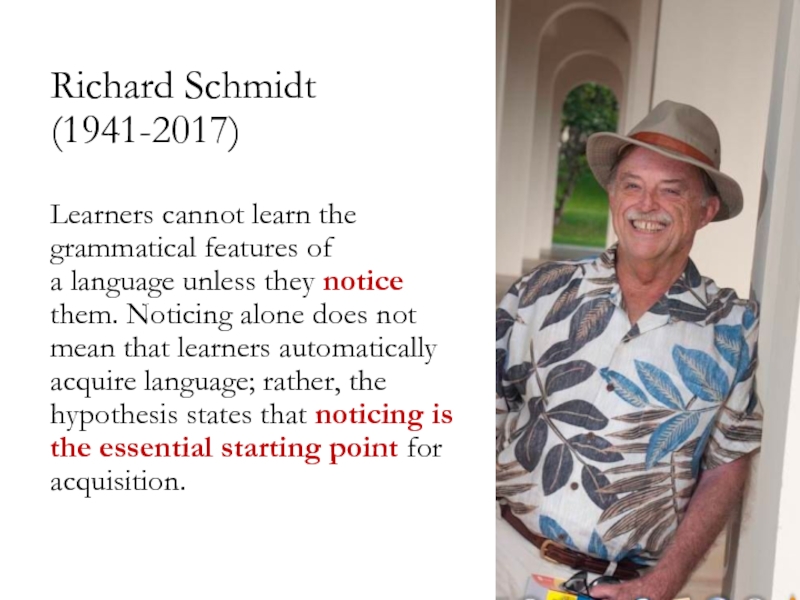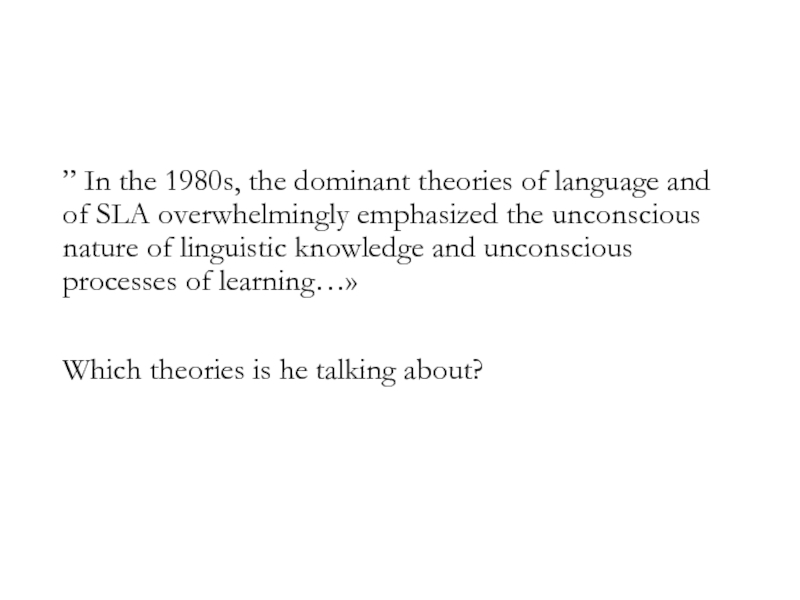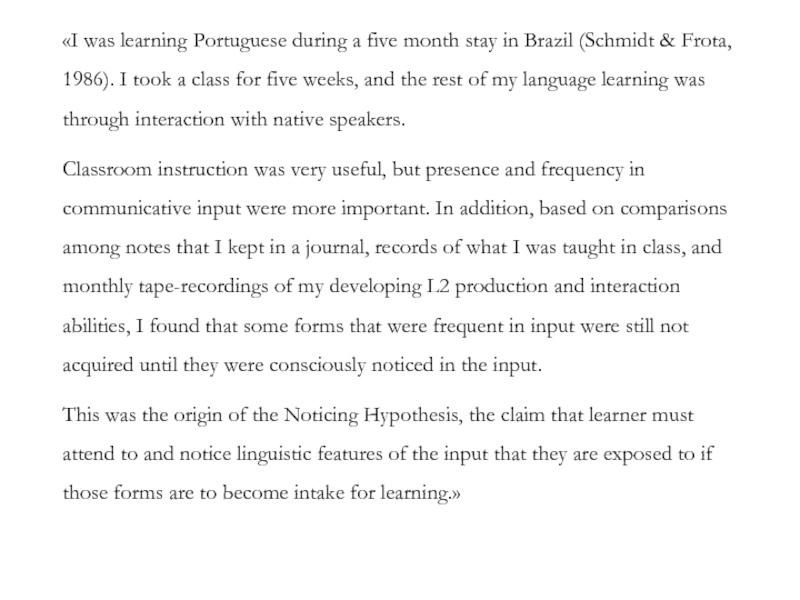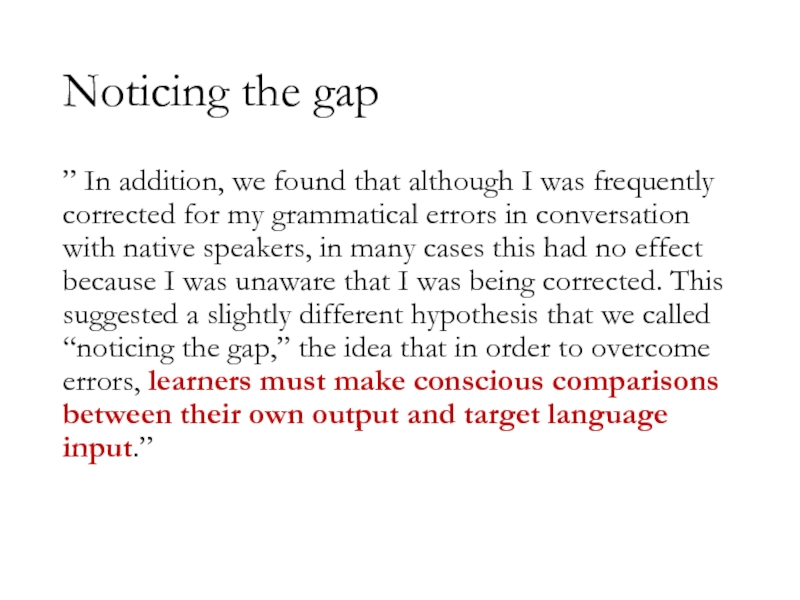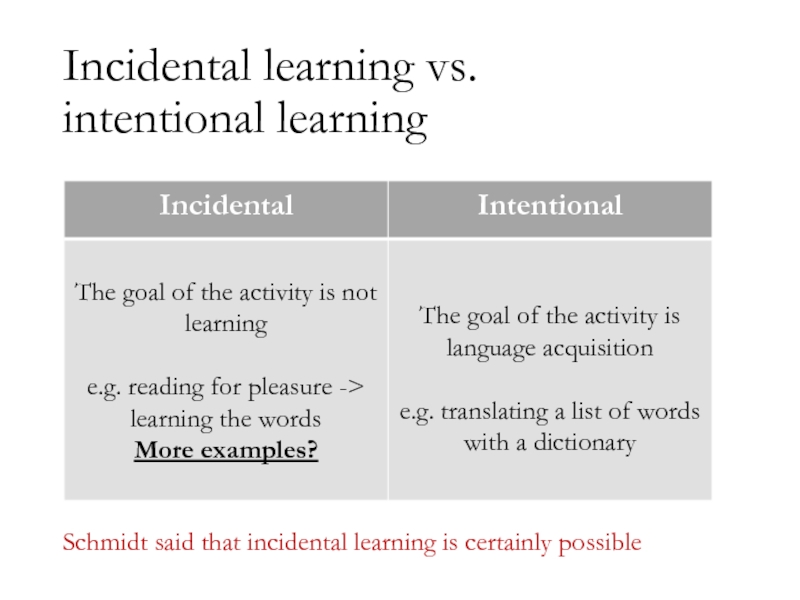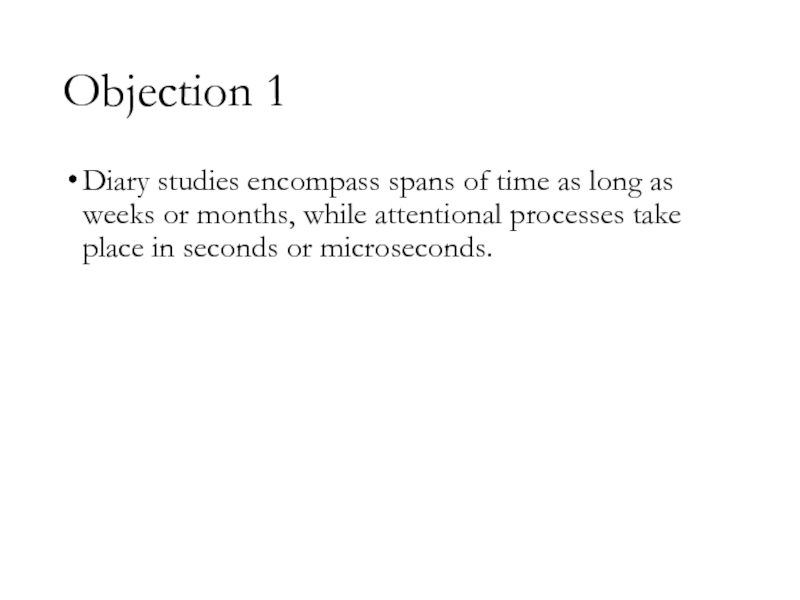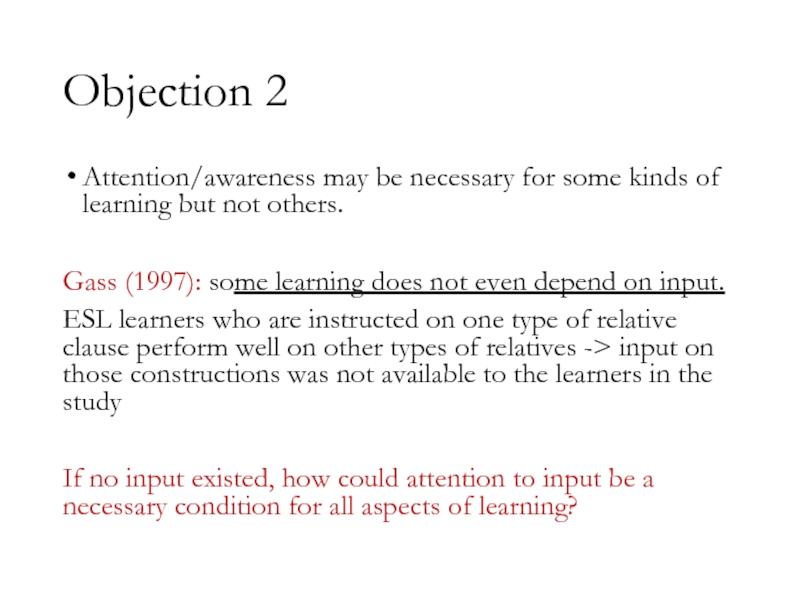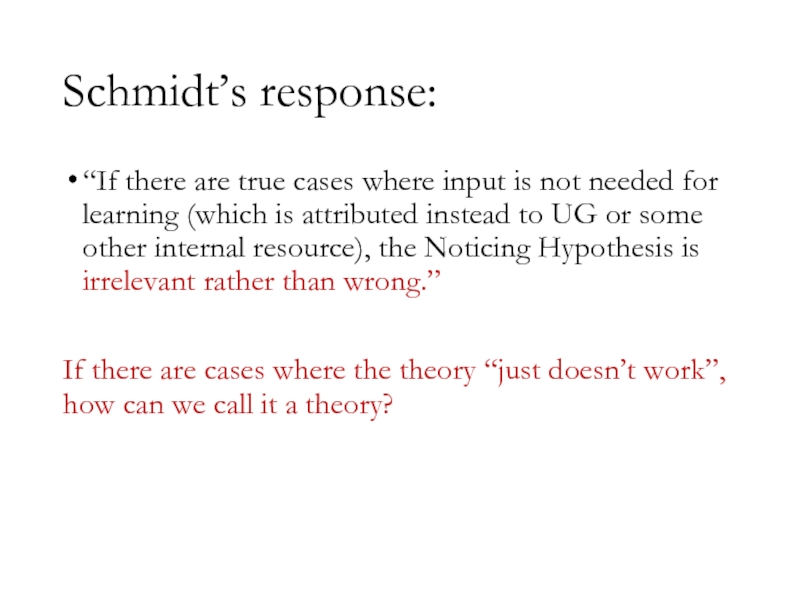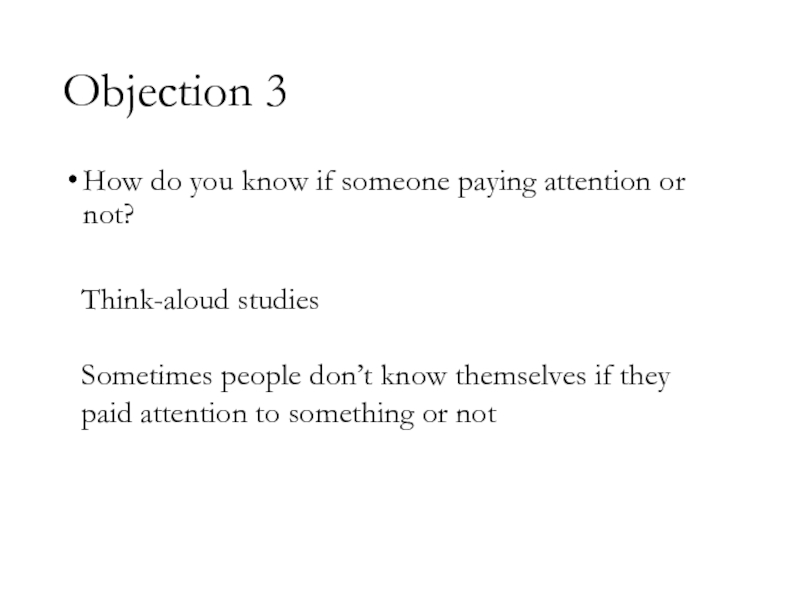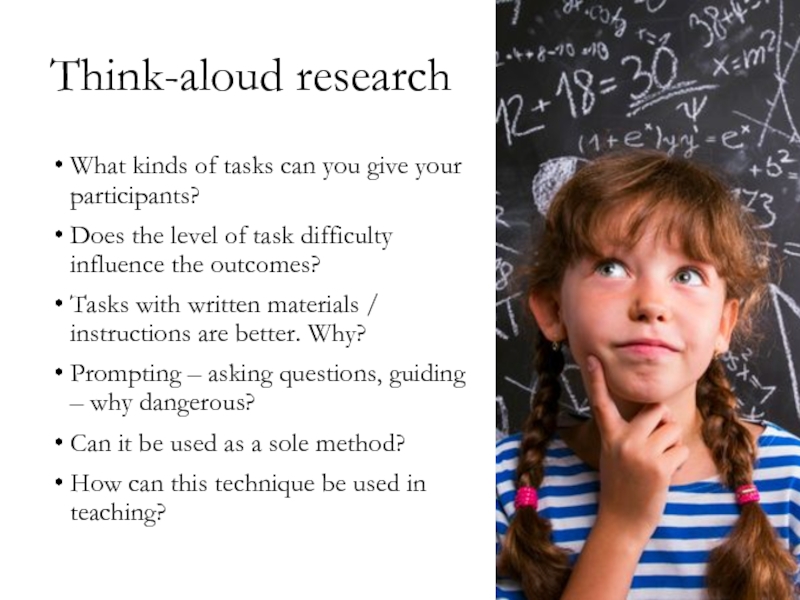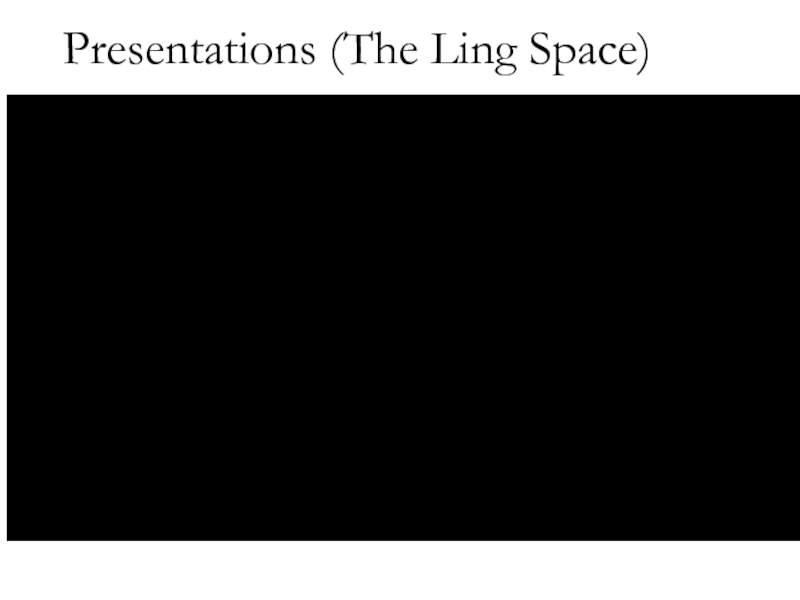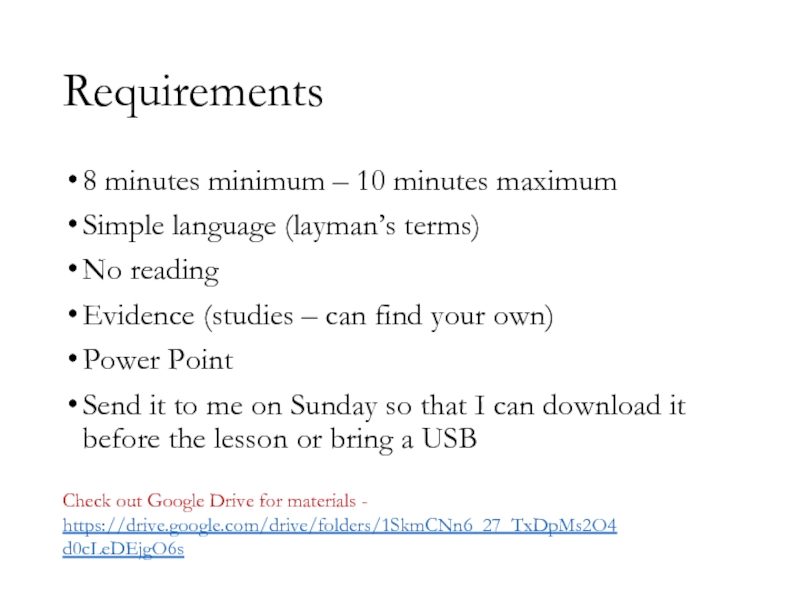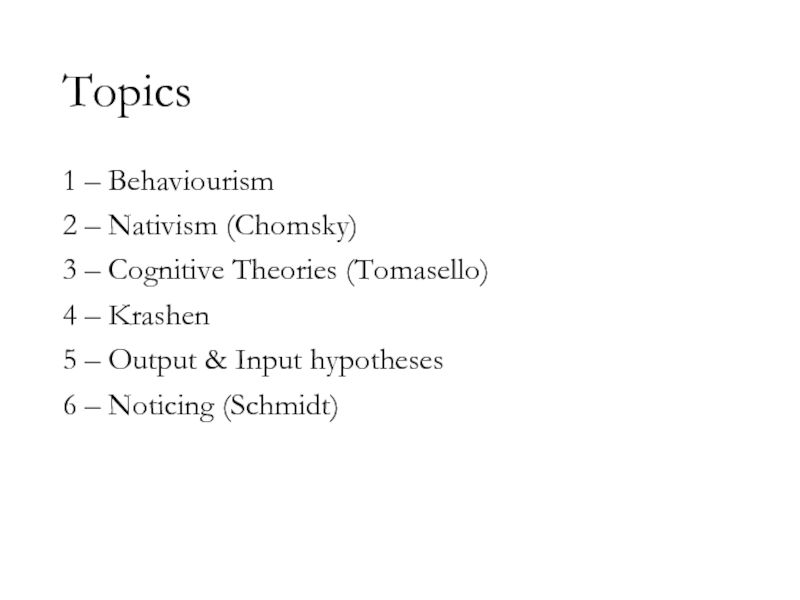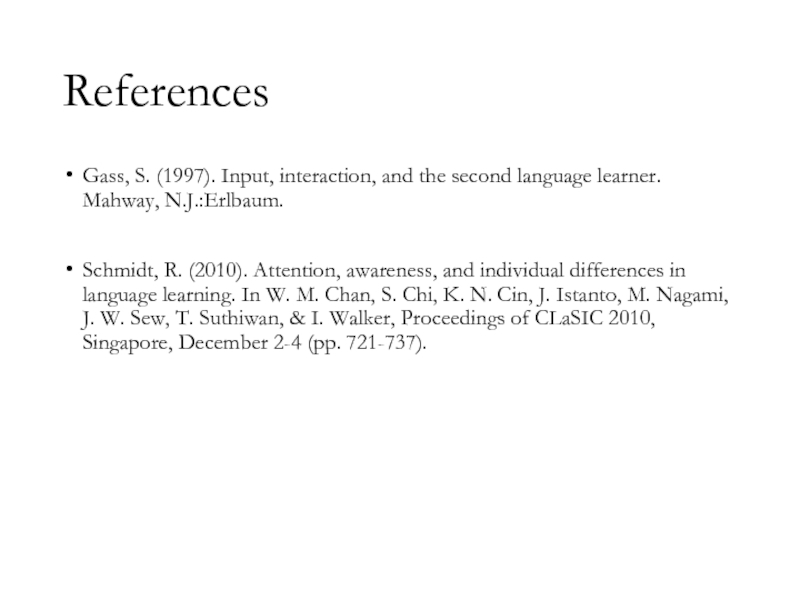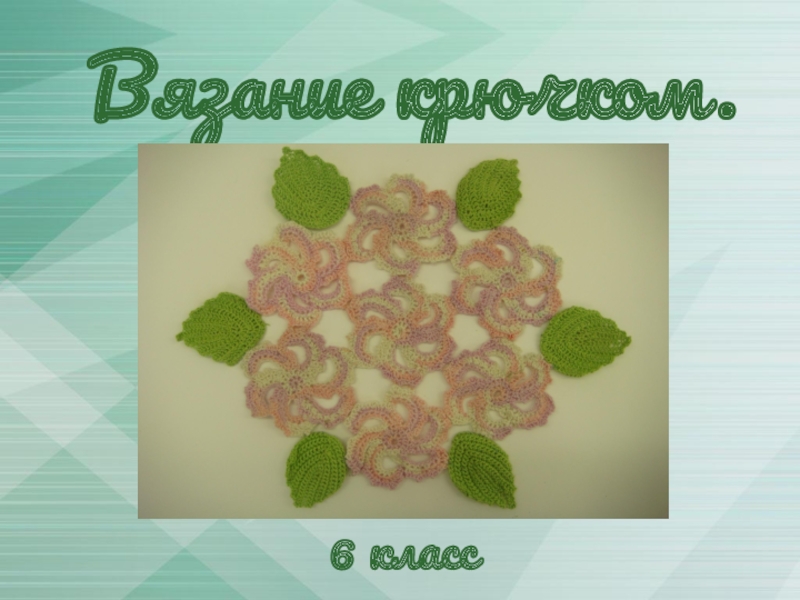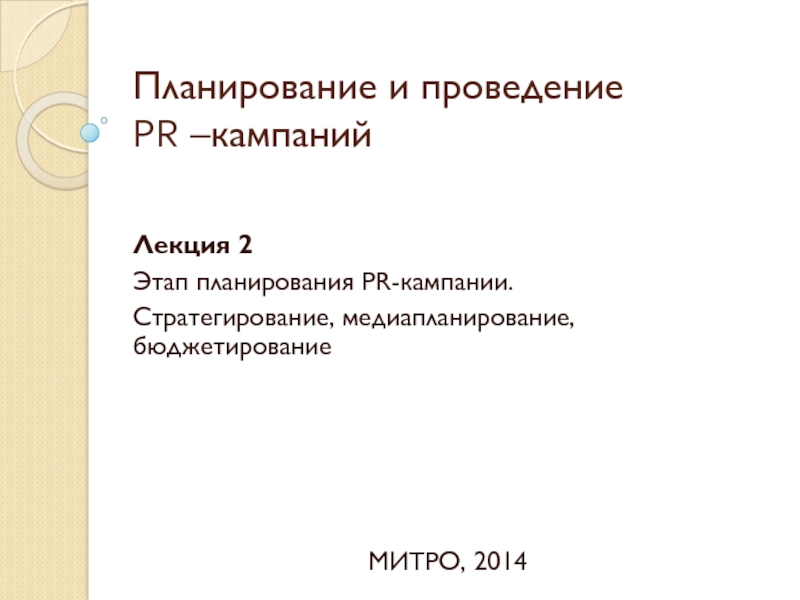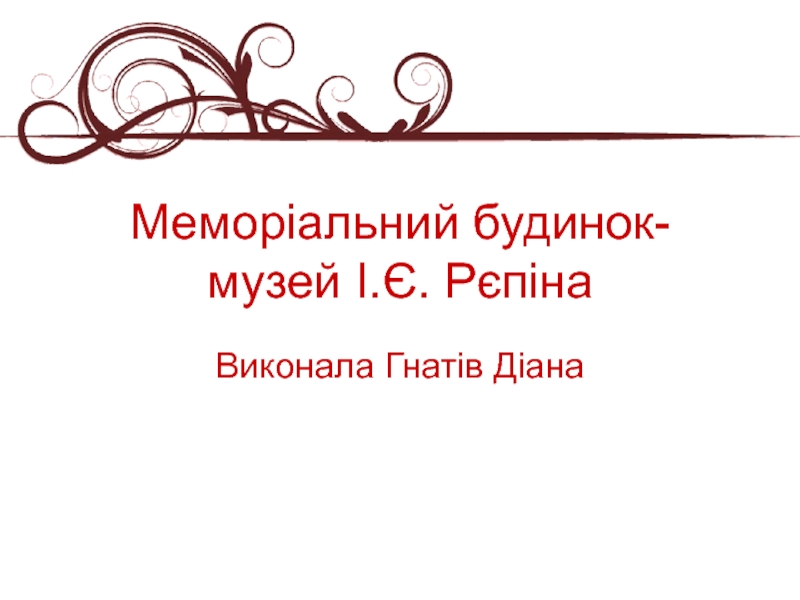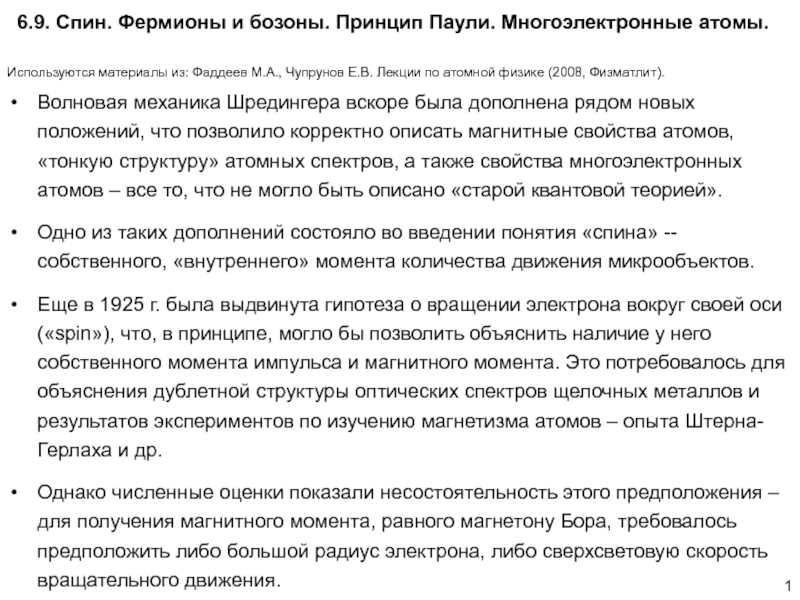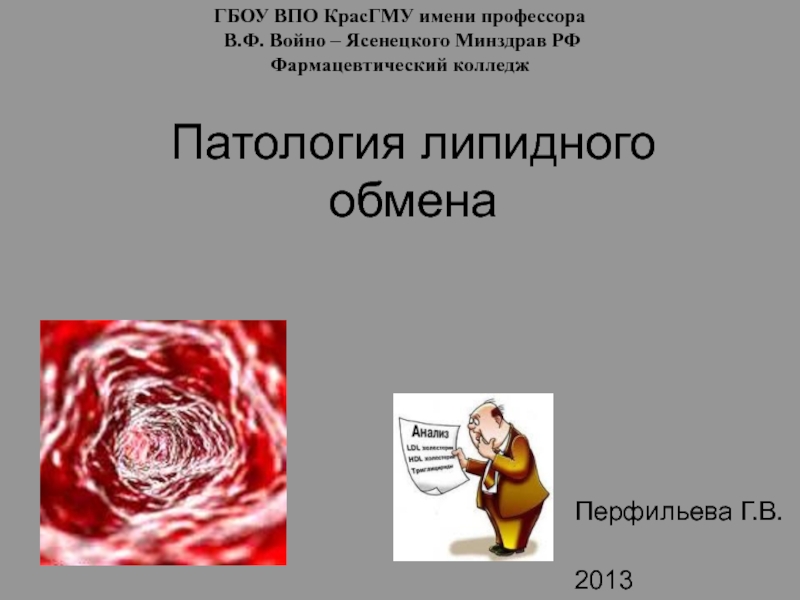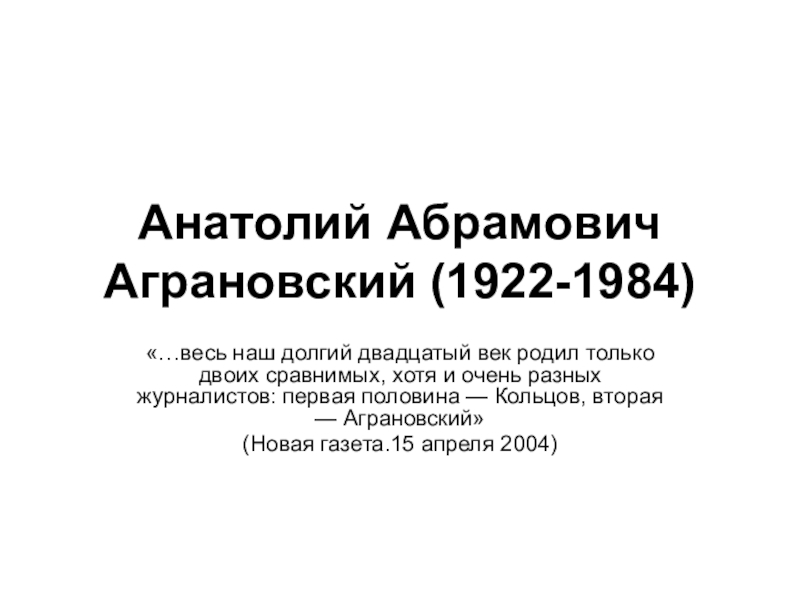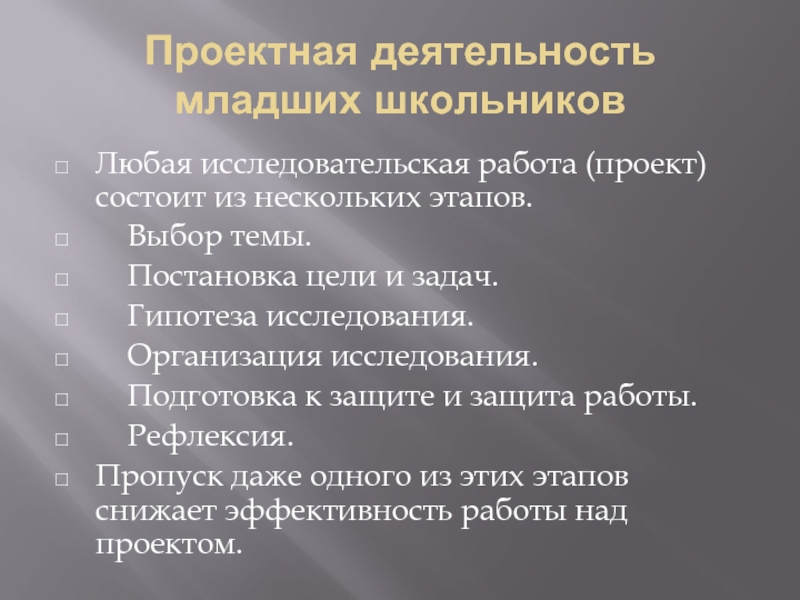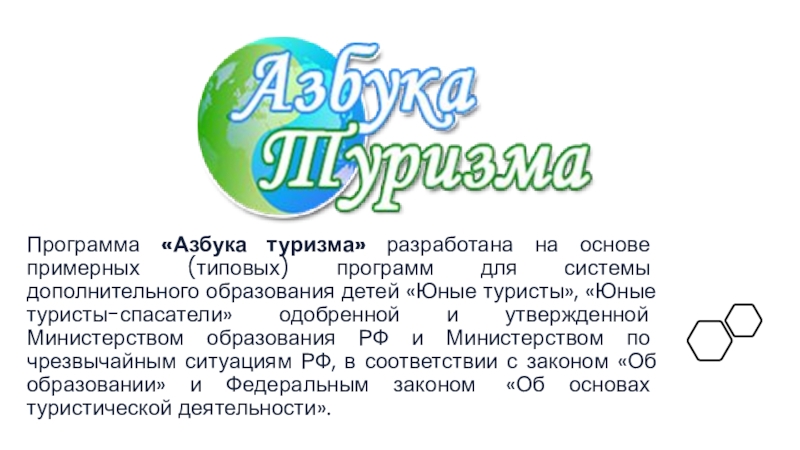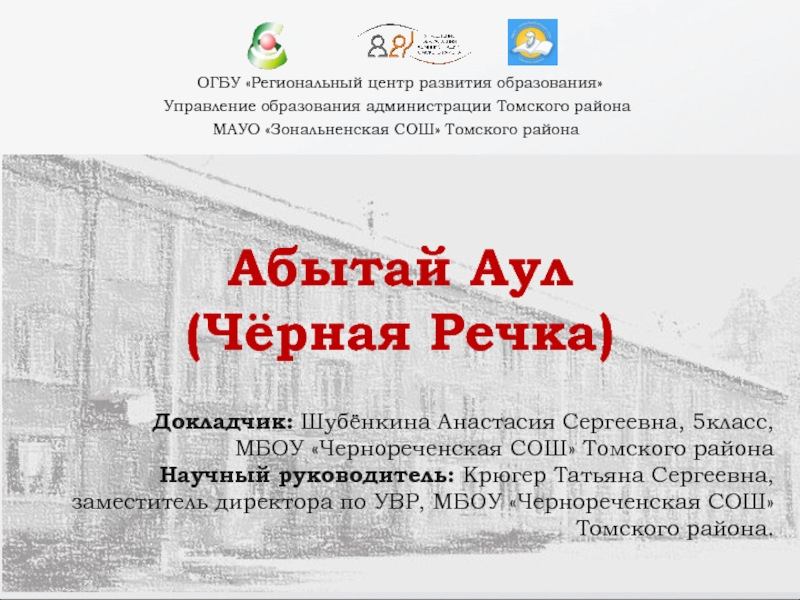Разделы презентаций
- Разное
- Английский язык
- Астрономия
- Алгебра
- Биология
- География
- Геометрия
- Детские презентации
- Информатика
- История
- Литература
- Математика
- Медицина
- Менеджмент
- Музыка
- МХК
- Немецкий язык
- ОБЖ
- Обществознание
- Окружающий мир
- Педагогика
- Русский язык
- Технология
- Физика
- Философия
- Химия
- Шаблоны, картинки для презентаций
- Экология
- Экономика
- Юриспруденция
The Noticing Hypothesis
Содержание
- 1. The Noticing Hypothesis
- 2. Revision
- 3. Слайд 3
- 4. Richard Schmidt (1941-2017) Learners cannot learn
- 5. ” In the 1980s, the dominant theories
- 6. «I was learning Portuguese during a five
- 7. Noticing the gap” In addition, we found
- 8. Incidental learning vs. intentional learningSchmidt said that incidental learning is certainly possible
- 9. Objection 1Diary studies encompass spans of time
- 10. Attention/awareness may be necessary for some kinds
- 11. Schmidt’s response:“If there are true cases where
- 12. Objection 3How do you know if someone
- 13. Think-aloud researchWhat kinds of tasks can you
- 14. Presentations (The Ling Space)
- 15. Requirements8 minutes minimum – 10 minutes maximumSimple
- 16. Topics1 – Behaviourism2 – Nativism (Chomsky)3 –
- 17. ReferencesGass, S. (1997). Input, interaction, and the
- 18. Скачать презентанцию
Revision
Слайды и текст этой презентации
Слайд 4Richard Schmidt
(1941-2017)
Learners cannot learn the grammatical features of a language unless
Слайд 5” In the 1980s, the dominant theories of language and
of SLA overwhelmingly emphasized the unconscious nature of linguistic knowledge
and unconscious processes of learning…»Which theories is he talking about?
Слайд 6«I was learning Portuguese during a five month stay in
Brazil (Schmidt & Frota, 1986). I took a class for
five weeks, and the rest of my language learning was through interaction with native speakers.Classroom instruction was very useful, but presence and frequency in communicative input were more important. In addition, based on comparisons among notes that I kept in a journal, records of what I was taught in class, and monthly tape-recordings of my developing L2 production and interaction abilities, I found that some forms that were frequent in input were still not acquired until they were consciously noticed in the input.
This was the origin of the Noticing Hypothesis, the claim that learner must attend to and notice linguistic features of the input that they are exposed to if those forms are to become intake for learning.»
Слайд 7Noticing the gap
” In addition, we found that although I
was frequently corrected for my grammatical errors in conversation with
native speakers, in many cases this had no effect because I was unaware that I was being corrected. This suggested a slightly different hypothesis that we called “noticing the gap,” the idea that in order to overcome errors, learners must make conscious comparisons between their own output and target language input.”Слайд 8Incidental learning vs.
intentional learning
Schmidt said that incidental learning is
certainly possible
Слайд 9Objection 1
Diary studies encompass spans of time as long as
weeks or months, while attentional processes take place in seconds
or microseconds.Слайд 10Attention/awareness may be necessary for some kinds of learning but
not others.
Gass (1997): some learning does not even depend on
input. ESL learners who are instructed on one type of relative clause perform well on other types of relatives -> input on those constructions was not available to the learners in the study
If no input existed, how could attention to input be a necessary condition for all aspects of learning?
Objection 2
Слайд 11Schmidt’s response:
“If there are true cases where input is not
needed for learning (which is attributed instead to UG or
some other internal resource), the Noticing Hypothesis is irrelevant rather than wrong.”If there are cases where the theory “just doesn’t work”, how can we call it a theory?
Слайд 12Objection 3
How do you know if someone paying attention or
not?
Think-aloud studies
Sometimes people don’t know themselves if they paid
attention to something or notСлайд 13Think-aloud research
What kinds of tasks can you give your participants?
Does
the level of task difficulty influence the outcomes?
Tasks with written
materials / instructions are better. Why?Prompting – asking questions, guiding – why dangerous?
Can it be used as a sole method?
How can this technique be used in teaching?
Слайд 15Requirements
8 minutes minimum – 10 minutes maximum
Simple language (layman’s terms)
No
reading
Evidence (studies – can find your own)
Power Point
Send it to
me on Sunday so that I can download it before the lesson or bring a USBCheck out Google Drive for materials - https://drive.google.com/drive/folders/1SkmCNn6_27_TxDpMs2O4d0cLeDEjgO6s

